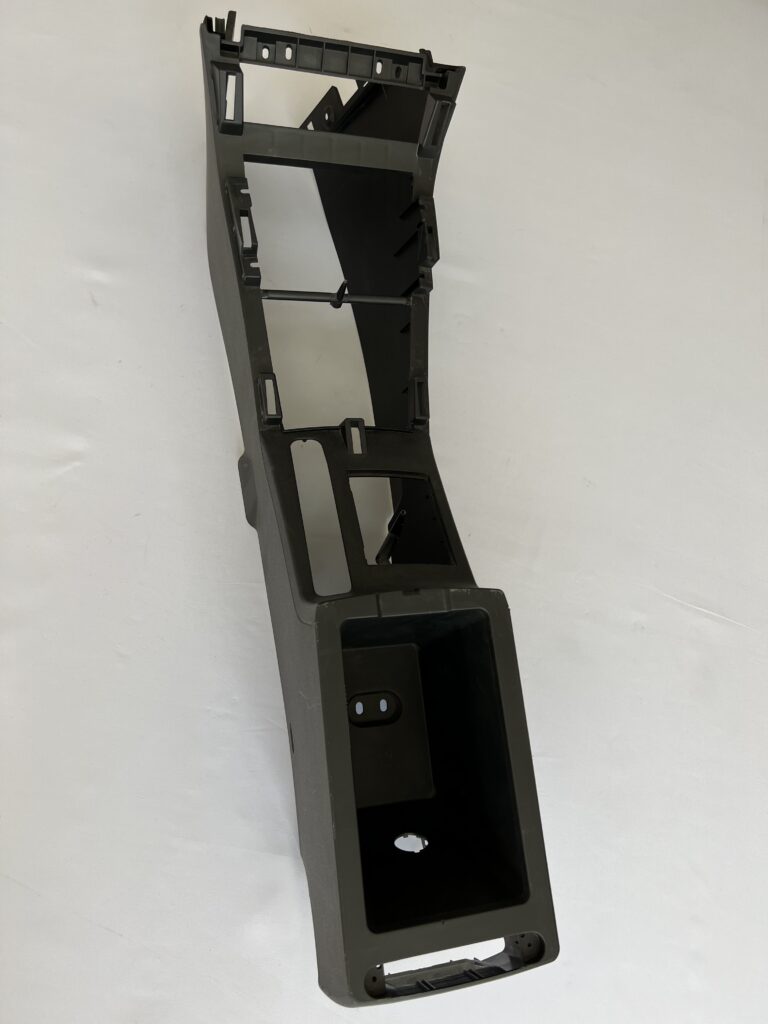Automotive Parts
About Automotive part
MUYOUNG has been in the automotive a molding field for more than 15 years and has extensive experience in electronic control of headlights, powertrain, lubrication system, cooling system, Our design and manufacturing experience comes from practice and from producing molds for WEBASTO, BILSTEIN,HELLAH automotive parts companies.
Plastic parts account for 10-15% of the total mass of a car. In a new car, about 500 sets of injection molds are needed, including medium and large injection molds for front and rear bumpers, lights, glove box, centre channel, front and rear instrument panels, as well as small injection molds for air and water tanks, and precision injection molds for control systems, power systems, lubrication systems, cooling systems and connectors.




What are difference between injection molds for automotive product and other injection molds?
1: The added value of automotive molds is relatively higher.
Therefore, many advanced technologies such as sequential valve hot runner control technology, internal parting technology and low pressure injection technology are developed and utilized in automotive injection molds.
2: The design of injection molds for automotive is more difficult, the structure is complex and the design cycle is long, usually taking 2-4 weeks to complete, for larger molds such as bumpers and door panels the design and manufacturing is more difficult and the cycle is longer.
How to design high quality auto parts moulds
. Simplify the product designs?
The design of plastic products is a key stage in the design programmed of injection molds for automotive, and the design programme of plastic products needs to be simplified as far as possible. Simplify the design scheme is a clear provision for each stage of optimization of plastic products, in the provision of the basic consideration of important links of the basic provisions, for example, the thickness of the automotive injection mold design scheme, try to make the thickness of the mold to achieve uniformity, to prevent the non-appearance of suitable thick and thin uneven glue bit.
. Pay attention to the specification of compressive strength
In compressive strength and strength considering friction, processing quality, the main steel hardness is 50 to 52 HRC or higher.
. Design of parting line and parting surface
The parting surface of the injection mold should for automotive ensure that each of the same inclined surface is sealed with a spacing, in addition to ensuring the effectiveness of the spacing, which can be sealed in the whole process of injection molding. In the whole process of the establishment of the parting surface, if you meet the slope or slope and its steps, such as the difference between the height and width of the parting surface is relatively large, it must set up a standard plan, which can be conducive to production processing and measurement.

